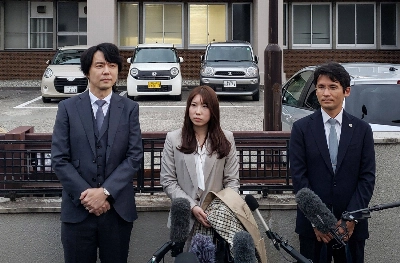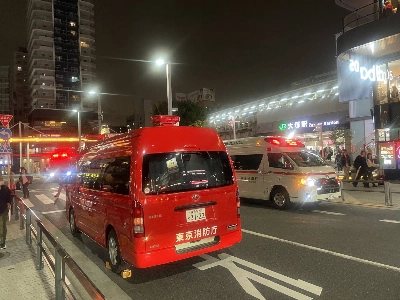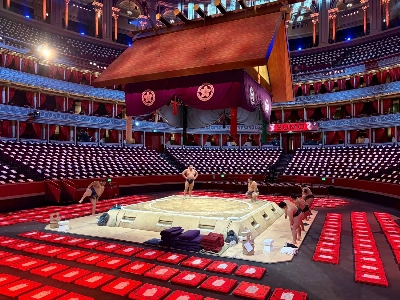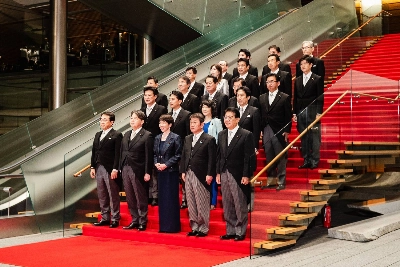There are a number of things wrong with the Japanese political system. One is the combination of the single-seat constituency and proportional representation systems to elect the members of the House of Representatives. I also believe that the present system of electing the members of the House of Councilors through a combination of constituencies and proportional representation is a violation of the Constitution.
First, let me take up the system that currently pertains in the Lower House. It was instituted on Jan. , 1994, when Prime Minister Morihiro Hosokawa headed the government. The purpose was to bring about a political system in which two major parties would alternate in governing. The first election under this system was held on Oct. 20, 1996. The total number of Lower House members was set at 500, of whom 300 were elected through single-seat constituencies and the remaining 200 on the basis of proportional representation. These members' terms expire on Oct. 19 this year, which means that the House of Representatives will be dissolved for a general election before that date. A few years ago, many thought that the new electoral system would result in the creation of two major political parties; however, this has not happened. We are stuck with the same old situation of many small parties vying with one another and making coalition governments inevitable.
Ever since the 1996 election, the dream that two major political parties would materialize has proved elusive, and small parties have continued to meet and split, resulting in coalition governments of varying combinations. Today's government is based on a tripartite coalition of the Liberal Democratic Party, the Liberal Party and Komeito; only a few years ago, the combination was among the LDP, the Social Democratic Party and New Party Sakigake.

















With your current subscription plan you can comment on stories. However, before writing your first comment, please create a display name in the Profile section of your subscriber account page.